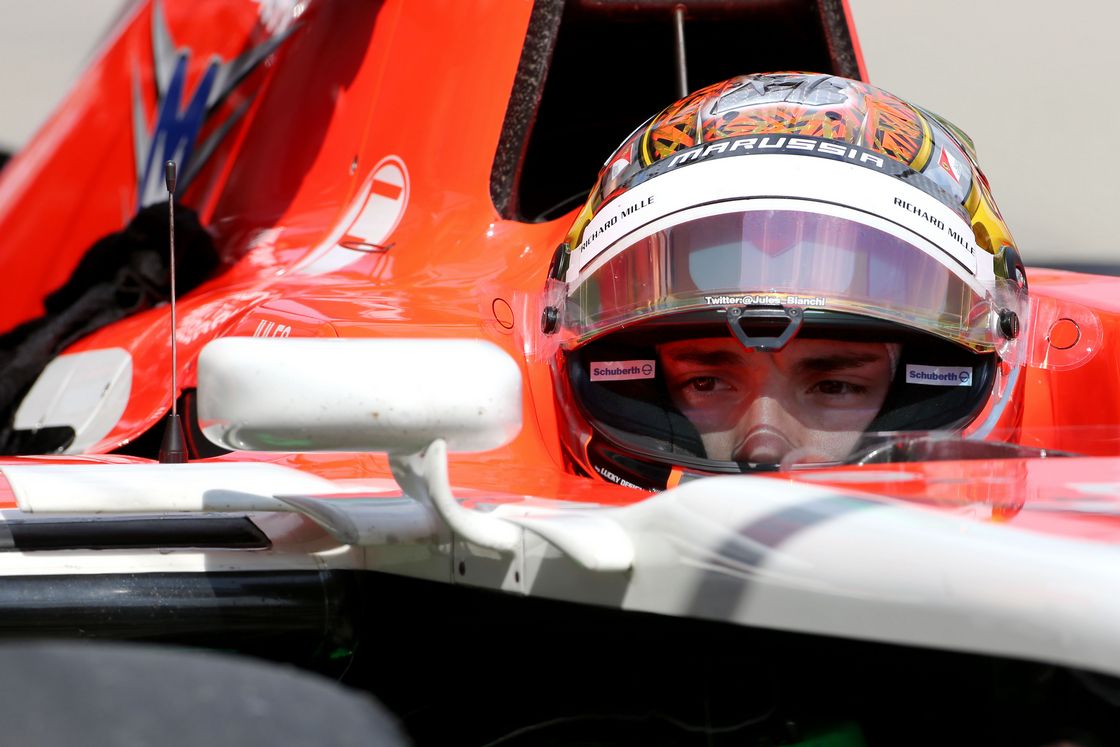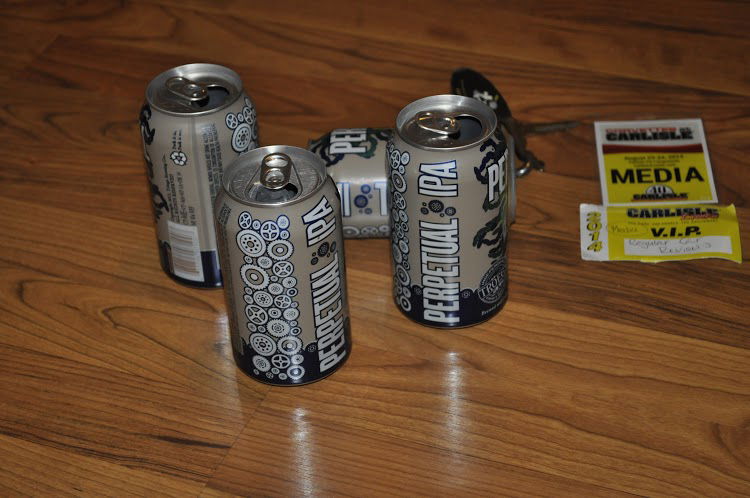Accident Panel Reveals Findings On Jules Bianchi's Japanese GP Crash

Jules Bianchi remains in a critical condition, but the last update revealed that he’s out of the artificial coma he was placed in after the accident, breathing unaided and with stable vital signs. It was also announced that he had been moved from the Mie General Medical Centre in Japan to a hospital in Nice, France.
The Accident Panel found that Bianchi “did not slow sufficiently” for the double-waved yellow flags and “over-controlled the oversteering car, such that he left the track earlier than Sutil”.

The FIA statement added:
“During the two seconds Bianchi’s car was leaving the track and traversing the run-off area, he applied both throttle and brake together, using both feet. The FailSafe algorithm is designed to over-ride the throttle and cut the engine, but was inhibited by the Torque Coordinator, which controls the rear Brake-by-Wire system. Bianchi’s Marussia has a unique design of BBW, which proved to be incompatible with the FailSafe settings.
“The fact that the FailSafe did not disqualify the engine torque requested by the driver may have affected the impact velocity; it has not been possible to reliably quantify this. However, it may be that Bianchi was distracted by what was happening and the fact that his front wheels had locked, and been unable to steer the car such that it missed the crane. Bianchi’s helmet struck the sloping underside of the crane.
“The magnitude of the blow and the glancing nature of it caused massive head deceleration and angular acceleration, leading to his severe injuries. All rescue and medical procedures were followed, and their expediency are considered to have contributed significantly to the saving of Bianchi’s life.”

The Accident Panel went on to say that enclosing the cockpit or fitting skirts to the crane would not be practical, adding that “there is simply insufficient impact structure on an F1 car to absorb the energy of such an impact without either destroying the driver’s survival cell, or generating non-survivable decelerations”.
A number of recommendations have been made to improve motorsport safety, including a new double yellow flag rule, a review of safety critical software and track drainage and changing the regulations to state a race should not start less than four hours before sunset (except for night races), as well as proposals to look at the wet weather Pirelli tyres and the possible introduction of courses for drivers acquiring super licenses to familiarise themselves with the “procedures used by F1 in running and ensuring the safety of an event”.

Comments